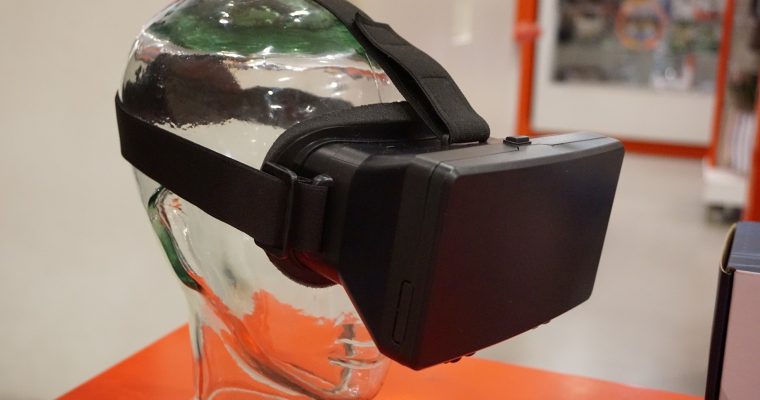Image by Florian Pircher from Pixabay
Virtual Reality has contributed positively to the way we design learning and the way we learn at large. One of the effects of VR on L&D and business lies in its ability to enhance learners’ retention ability.
Apart from that, it also makes skills and knowledge easier to acquire, as it helps to mitigate risks attached to any learning process. Now, to the common question, “how can virtual reality impact L&D and Enterprise?” Here are some of the positive effects of VR on L&D and business.
Interaction to retain knowledge
With virtual reality, learners tend to acquire knowledge easily through their interaction with the spatial representation of the information being received. According to Dale’s cone of experience (a visual model), we tend to remember 90% of what we say and do.
So, by doing a dramatic presentation, or simulating the real-life experience, we tend to retain knowledge more. Virtual reality is more similar to the real-life environment, and being immersed there enables learners to interact and acquire knowledge and retain it.
VR provides an immersive experience for learners
One of the effects of VR on L&D and business is providing an immersive experience, which is hard to get elsewhere. It helps to lessen distraction that could be encountered in real life, and also keep learners focused on acquiring the specific skills and retaining knowledge.
No doubt, immersive learning is VR’s greatest strength, as it is of greater benefits to learners. These benefits include; the ease to track learning progress and identify difficulties encountered, immediacy in receiving feedback, and mitigation of risk/injury.
The ease to change behavior with VR
Virtual reality helps us to simulate the real-life environment and even other people’s experiences. With that, it is easy for learners to change behavior, work in another person’s behavior, and feel how the person interacts with his environment.
In addition, VR technology can help us create empathy and understand how the world works through simulation, immersion, and interaction.
Continuous feedback
Continuous feedback is one of the positive effects of VR on L&D and business. How? According to Can Thalheimer of Work-Learning analysis-Iraqi National Congress., “One of the shortcomings of default approaches involves assessing the specified skills and knowledge “.
In that case, with continuous feedback, instructors can get to improve their learning via VR, and deliver their learners with a continuous assessment that supports adaptive training.
What are the use cases for VR in eLearning?
Virtual reality technology is being introduced to some challenging traditional areas in L&D to offer learners immersive experience. These challenging areas include compliance training, coaching, personal training, and selling skills.
There are also use cases in equipment maintenance, safety, repairs, chemicals, and health care. Another use case of VR is applying it to training that pose danger, high-stress, and emergency procedures – to help in mitigating risks and reducing work-related injuries.
What are the opportunities and obstacles that VR offers L&D and business?
Virtual reality offers learning and development and even enterprise opportunities in many ways. You can realize these opportunities and obstacles in the list below.
Better learning & technical minefield
One of the opportunities that VR has introduced into the e-learning industry is “better learning”. It can provide learners with high impact and memorable learning. However, you can’t take the feeling of technical minefield away from the VR.
Nevertheless, with the technology getting cheaper and easier to use, learners should be enabled to enjoy it, for better learning.
New ways of learning & accessibility
With VR, it’s easier to take your learners to any part of the world. Make them learn about other people’s experience, and how they can interact with their environment. VR is a technology that provides learners with a better and new way of learning.
On the other hand, accessibility is it’s obstacle, as not all learners can have access to this great technology. In order to tackle that, you can present mixed reality (MR) learning as part of your blended solutions, to avoid relying solely on just the technology.
In conclusion, now is the right time for instructors and L&D professionals to start introducing virtual reality into their blended learning. It’s becoming cheaper to employ, hence the need to start using it to better impact learning and development.
Investing in virtual reality technology for L&D and businesses is a good move as it helps to deliver engaging and immersive learning experience.
Have you started integrating virtual reality technology into your e-learning program? Check out the trends of VR in e-learning.







